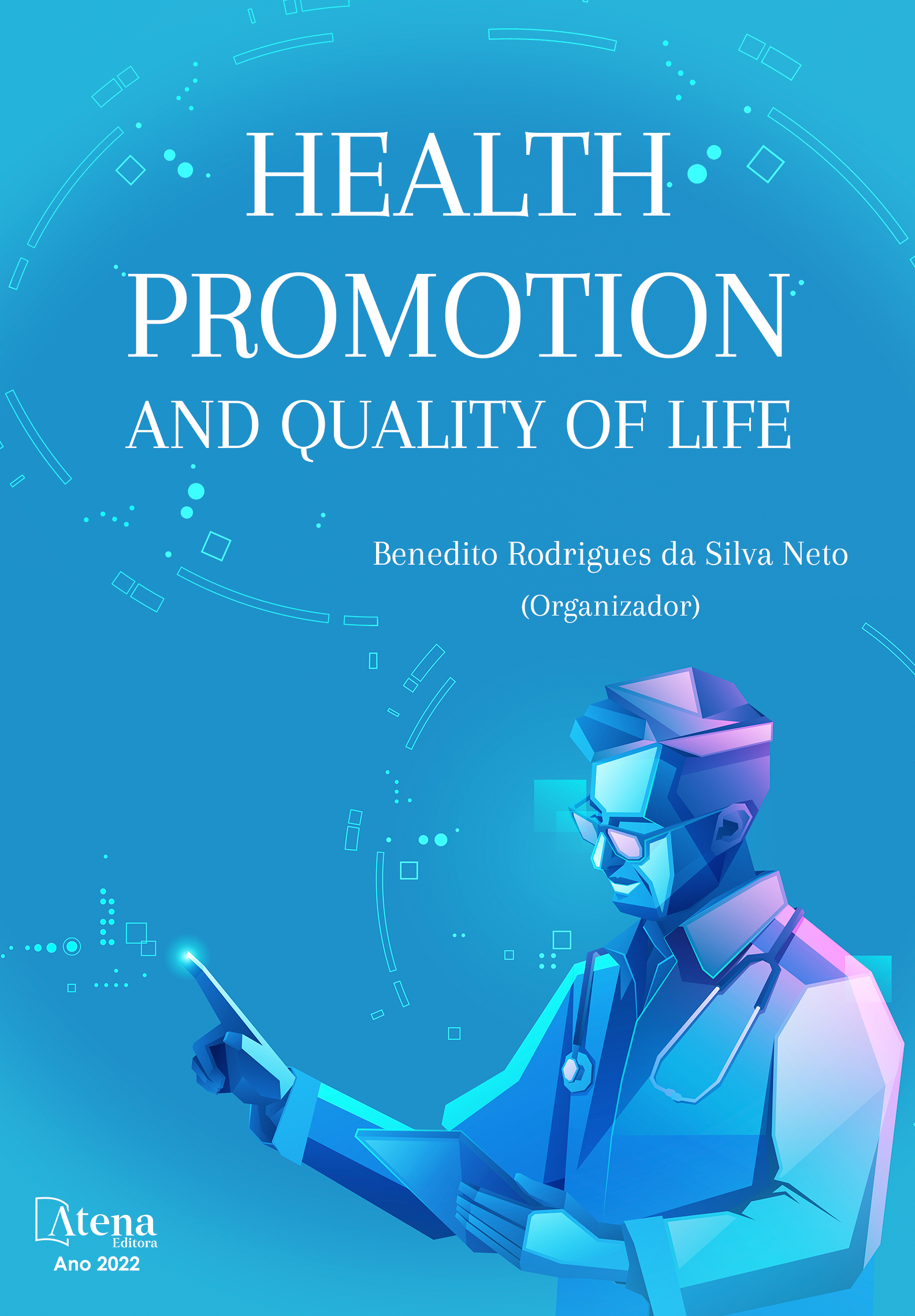
ANTICOAGULAÇÃO ORAL NO PÓS-OPERATÓRIO DE IMPLANTE DE VÁLULA METÁLICA
INTRODUÇÃO: Todos os pacientes com valvas metálicas, indicadas por doenças valvares importantes, requerem terapia anticoagulante contínua com varfarina ou outro cumarínico (nível de evidência I). Essa escolha decorre, sobretudo, da capacidade desse tipo de prótese ser vitalício, ao contrário da alternativa biológica. O principal inconveniente, entretanto, é a necessidade de uso crônico de anticoagulantes orais, sob risco de sangramento, com o objetivo de evitar fenômenos tromboembólicos. Diante disso, o atual estudo objetiva compendiar o processo de anticoagulação oral no pós-operatório de implante de válvula metálica. METODOLOGIA: Trata-se de uma revisão narrativa com o objetivo supracitado. Para isso, foram utilizados os bancos de dados da Scielo, PubMed, Lilacs, UpToDate e Google Acadêmico na determinação de artigos. Para seleção, a análise foi qualitativa. Coube ao estudo atual incrementar artigos cuja discussão determinasse o processo de anticoagulação oral no pós-operatório de implante de válvula metálica, incluindo alvo terapêutico, manejo clínico, fatores de interferência, efeitos adversos, contraindicações e seguimento ambulatorial. RESULTADOS: Os guidelines atuais recomendam INR de 2,0-3,0 para valvas bileaflet na posição aórtica e 2,5-3,5 para as demais valvas (incluindo as valvas disk e Starr Edwards) em posição aórtica ou mitral (nível de evidência I). Na primeira semana, sob uso de Varfarina 5-10 mg/dia, deve-se monitorizar a anticoagulação por meio do TP/INR, diariamente, iniciando-se após a segunda ou terceira dose, até que o valor terapêutico seja atingido por dois dias consecutivos. A partir disso, passa-se a monitorizar o TP/INR 2-3 vezes por semana, durante 1-2 semanas e, após, menos frequentemente, não ultrapassando uma vez a cada quatro semanas. Se após a primeira semana ainda não houver obtido o alvo terapêutico da anticoagulação, pode-se calcular a dose semanal total e redistribuí-la ao longo dos 7 dias de uso. Esse cálculo será feito sob uma quantidade 25% maior ou menor (a depender se o INR está respectivamente abaixo ou acima do esperado) da dosagem total utilizada na primeira semana (algumas referências recomendam modificação em 10-20%). A terapia com antagonistas da vitamina K é considerada crônica, pois pode seguir por tempo indeterminado. CONCLUSÕES: Diante da apresentação clínica ideal e INR em faixa terapêutica por duas medidas separadas por 24 horas, o paciente estará apto à alta hospitalar, do ponto de vista do anticoagulante, sob o uso desse na dosagem ideal identificada, e com orientações para o paciente e seus familiares sobre o uso diário do medicamento, realização periódica do exame de TP, cuidados com o consumo de dieta rica em vitamina K, adesão farmacológica ao uso de ACO, ação e efeito adverso esperados pelo medicamento, sinais de alerta para sangramento e dispensação de material educativo por escrito.
ANTICOAGULAÇÃO ORAL NO PÓS-OPERATÓRIO DE IMPLANTE DE VÁLULA METÁLICA
-
DOI: 10.22533/at.ed.3202223083
-
Palavras-chave: Anticoagulação oral. Cumarínicos. Valvopatias. Válvula metálica.
-
Keywords: Oral anticoagulation. Coumarins. Valvopathies. Metal valve.
-
Abstract:
INTRODUCTION: All patients with metallic valves, indicated by important valve diseases, require continuous anticoagulant therapy with warfarin or another coumarin (level of evidence I). This choice stems, above all, from the ability of this type of prosthesis to be lifelong, unlike the biological alternative. The main drawback, however, is the need for chronic use of oral anticoagulants, at risk of bleeding, in order to avoid thromboembolic phenomena. Therefore, the current study aims to compendium the process of oral anticoagulation in the postoperative period of metallic valve implantation. METHODOLOGY: This is a narrative review with the aforementioned objective. For this, Scielo, PubMed, Lilacs, UpToDate and Google Scholar databases were used to determine articles. For selection, the analysis was qualitative. It was up to the current study to increase articles whose discussion determined the oral anticoagulation process in the postoperative period of metallic valve implantation, including therapeutic target, clinical management, interfering factors, adverse effects, contraindications and outpatient follow-up. RESULTS: Current guidelines recommend an INR of 2.0-3.0 for bileaflet valves in the aortic position and 2.5-3.5 for the other valves (including disk and Starr Edwards valves) in the aortic or mitral position (level of evidence I). In the first week, when using Warfarin 5-10 mg/day, anticoagulation should be monitored by means of PT/INR, daily, starting after the second or third dose, until the therapeutic value is reached for two days. consecutive. Thereafter, the PT/INR is monitored 2-3 times a week, for 1-2 weeks, and less frequently thereafter, not exceeding once every four weeks. If, after the first week, the therapeutic target of anticoagulation still has not been achieved, the total weekly dose can be calculated and redistributed over the 7 days of use. This calculation will be made on an amount 25% higher or lower (depending on whether the INR is respectively lower or higher than expected) of the total dosage used in the first week (some references recommend modification by 10-20%). Therapy with vitamin K antagonists is considered chronic, as it can continue indefinitely. CONCLUSIONS: In view of the ideal clinical presentation and INR in the therapeutic range by two measurements separated by 24 hours, the patient will be able to be discharged from the hospital, from the point of view of the anticoagulant, under the use of this in the identified ideal dosage, and with guidelines for the patient and their families about the daily use of the medication, periodic performance of the PT examination, care with the consumption of a diet rich in vitamin K, pharmacological adherence to the use of OAC, action and adverse effects expected by the medication, warning signs for bleeding and dispensing of written educational material.
-
Número de páginas: 11
- Isadora Vieira Carozo
- Guilherme Oliveira Rosada
- Mariana Flor Rocha Mendonça Melo
- Arthur Oliveira da Cruz
- Douglas Silva Rosendo Santos
- Victor Barreto Santos
- Mariana Dantas Mota
- Adrielle Karolina Ribeiro Lima
- Marco Antonio Silva Robles
- Gabriel Ponciano Santos de Carvalho
- Wianne Santos Silva
- Rafaela Barreto Moura


